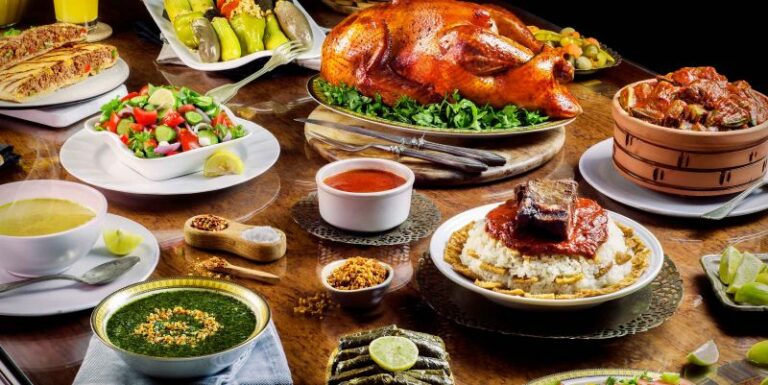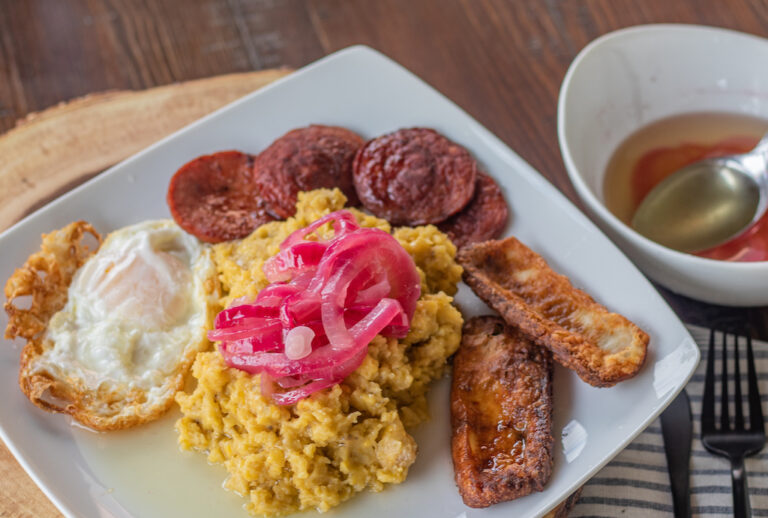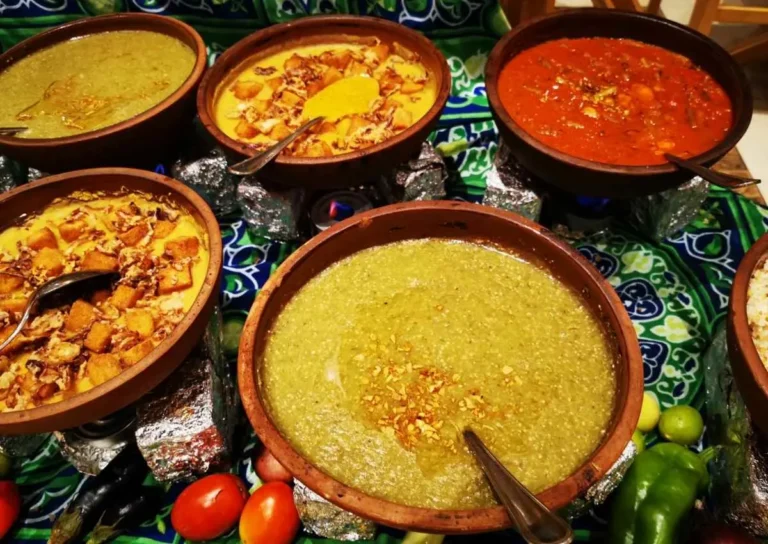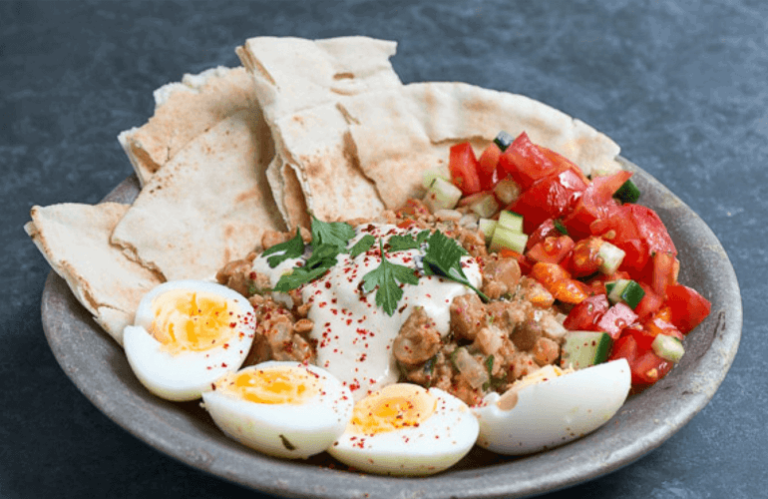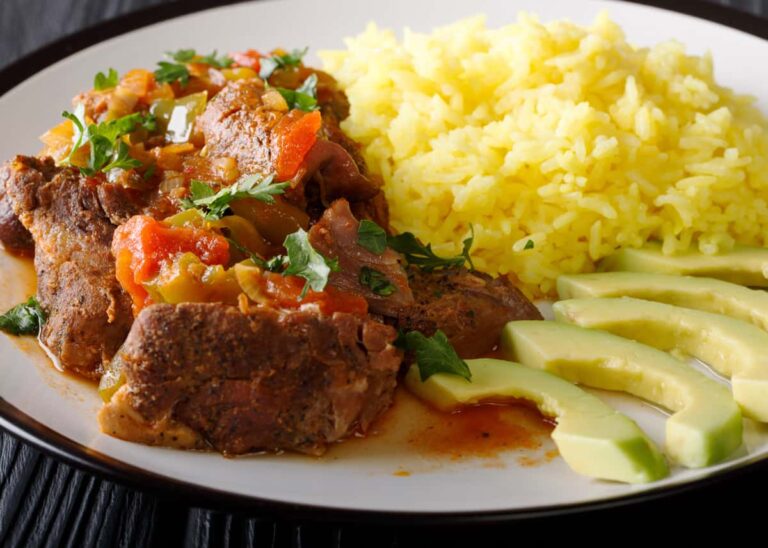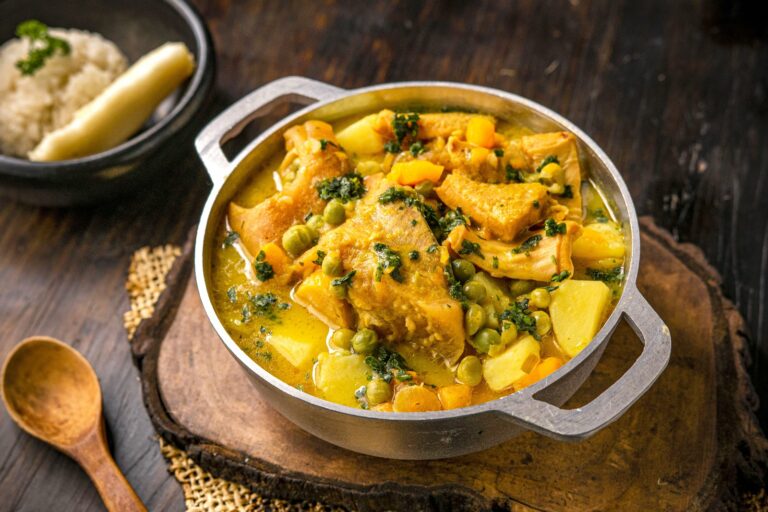Introduction: Unveiling Egyptian Cuisine
Egypt is a country known for its rich history, ancient pyramids, and pharaohs, but it is also a country with a diverse and unique cuisine. Egyptian cuisine is a blend of different cultural influences, including African, Middle Eastern, and Mediterranean. Egyptian dishes are flavorful, aromatic, and often spicy, with a wide range of ingredients that reflect the country’s agricultural abundance and rich culinary heritage.
Ancient Roots: Ingredients of Egyptian Food
Egyptian cuisine has a long history that dates back to the time of the pharaohs. The ancient Egyptians relied heavily on the Nile River for their food supply, which included a variety of grains, vegetables, and fruits. Some of the ingredients that were commonly used in ancient Egyptian cuisine include barley, emmer wheat, beans, lentils, onions, leeks, garlic, cucumbers, figs, dates, and pomegranates. Ancient Egyptians also ate a lot of meat, including beef, mutton, and goat.
Grains & Legumes: Staple Foods of Egypt
Grains and legumes are the staple foods of Egyptian cuisine. Bread is a fundamental part of the Egyptian diet, and it is made from wheat flour, which is used to make different types of bread, including flatbread, pita bread, and baladi bread. Rice and pasta are also popular grains in Egypt. Legumes, such as lentils, fava beans, and chickpeas, are used in many Egyptian dishes, including the famous Egyptian dish Ful Medames, which is made from fava beans.
Vegetables & Fruits: Essential Elements
Egyptian cuisine is known for its abundant use of vegetables and fruits. Some of the most commonly used vegetables in Egyptian dishes include tomatoes, eggplants, okra, zucchini, and cabbage. Egyptians use vegetables in a variety of ways, including frying, grilling, and stewing. Fruits, such as oranges, grapes, pomegranates, and dates, are also widely used in Egyptian cuisine. They are often used in desserts or as a sweet side dish to complement savory meals.
Meat & Fish: Popular Sources of Protein
Meat and fish are popular sources of protein in Egyptian cuisine. The most commonly used meats in Egyptian dishes are beef, lamb, and chicken. Egyptians also eat camel meat, which is considered a delicacy. Fish is also widely consumed in Egypt, particularly along the Mediterranean coast. Some of the most popular fish dishes in Egypt include grilled sea bass, fried tilapia, and stuffed squid.
Herbs & Spices: Flavoring Agents in Egyptian Dishes
Herbs and spices are an essential part of Egyptian cuisine. Egyptian dishes are often highly spiced, with a variety of different herbs and spices used to flavor dishes. Some of the most commonly used herbs in Egyptian cuisine include parsley, cilantro, and dill. Spices, such as cumin, coriander, and cardamom, are also widely used in Egyptian dishes.
Fats & Oils: The Secret of Richness
Fats and oils are an essential part of Egyptian cuisine. Egyptians use different types of oils, including olive oil, sunflower oil, and corn oil, for cooking and frying. Ghee, which is a type of clarified butter, is also widely used in Egyptian cuisine. Egyptians also use butter and cream in some of their dishes, particularly in desserts.
Sweet Treats: Indulging in Egyptian Desserts
Egyptian cuisine is known for its sweet treats, which include a variety of desserts and pastries. Some of the most popular Egyptian desserts include Basbousa, a sweet semolina cake, and Kunafa, a pastry made from shredded phyllo dough and sweet cheese. Other popular desserts include Umm Ali, a creamy bread pudding, and Qatayef, a sweet stuffed pastry. Egyptians also enjoy a variety of sweet drinks, including hibiscus tea and sugarcane juice.

